Today, August 22nd 2021, is the 40th anniversary of the twentieth Nihon SF Taikai, better known to anime fans as DAICON III and its legendary opening animation. If you have somehow never seen them, you should rectify that right now on YouTube. Once you’re done, here are 10 interesting facts about the DAICON conventions and their animations.
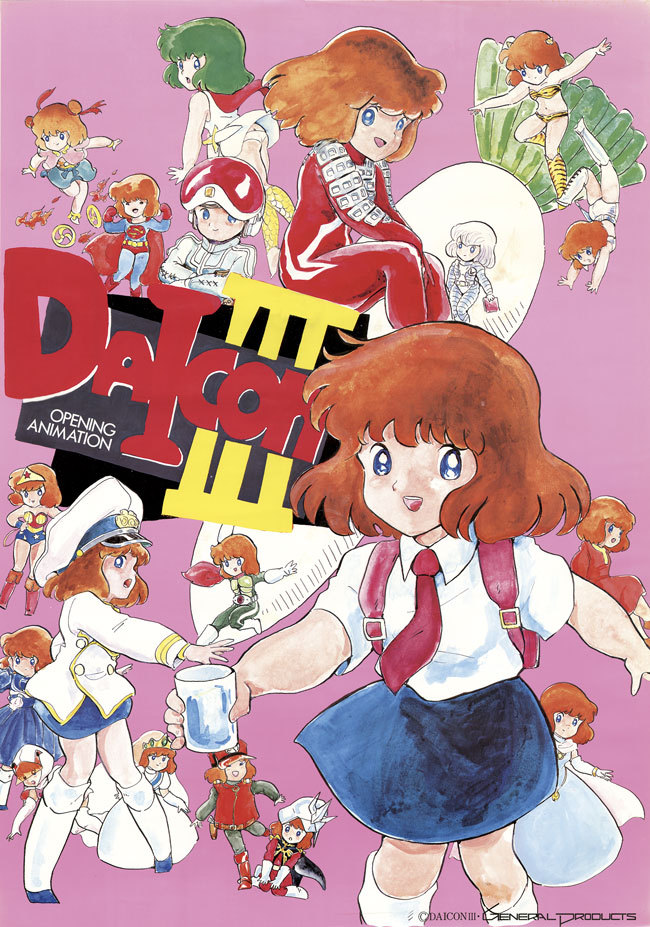
- You probably know this one, but the name DAICON III comes from it being the third Nihon SF Taikai held in Osaka (大坂), the first character of which can be read “dai”. There were similar naming conventions when the conference was held in other places: Tokyo had TOKON, which is self-explanatory; Nagoya (名古屋) had MEICON, with “mei” being one reading of 名; and Hokkaido had EZOCON, since Ezo (蝦夷) is a historical name for Hokkaido.
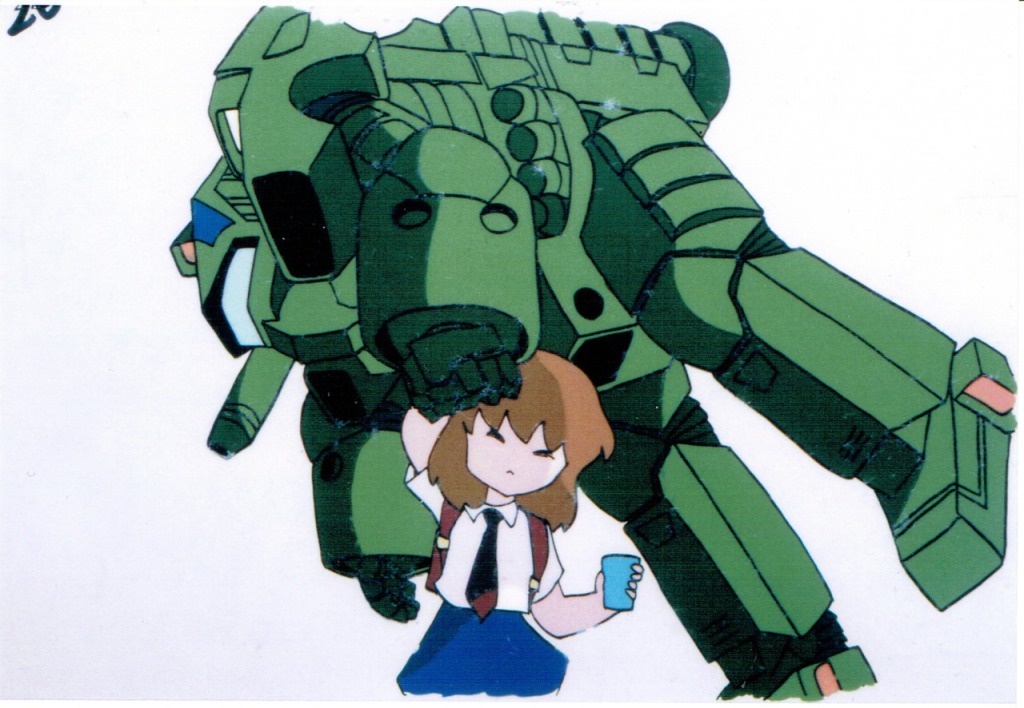
- While it might seem unusual, the opening film was already an SF Taikai tradition by the time of DAICON III. For the fourth Sci-Fi Show, organised in part by Yasuhiro Takeda, they used footage of the rocket lift-off scene from Moonwalk One which was borrowed from the Japan Shipbuilding Industry Foundation. Members of GAINAX would later visit NASA as part of their preparation for Royal Space Force: The Wings of Honnêamise.
- Speaking of the Royal Space Force, the Space Force is a real organisation(日本語), specifically a SF fan organisation, and GAINAX staff such as Hiroaki Inoue, Toshio Okada, and Takeshi Sawamura were members. This, and the fact many characters were modelled on staff members, gives credence to the idea that The Wings of Honnêamise was about GAINAX themselves.
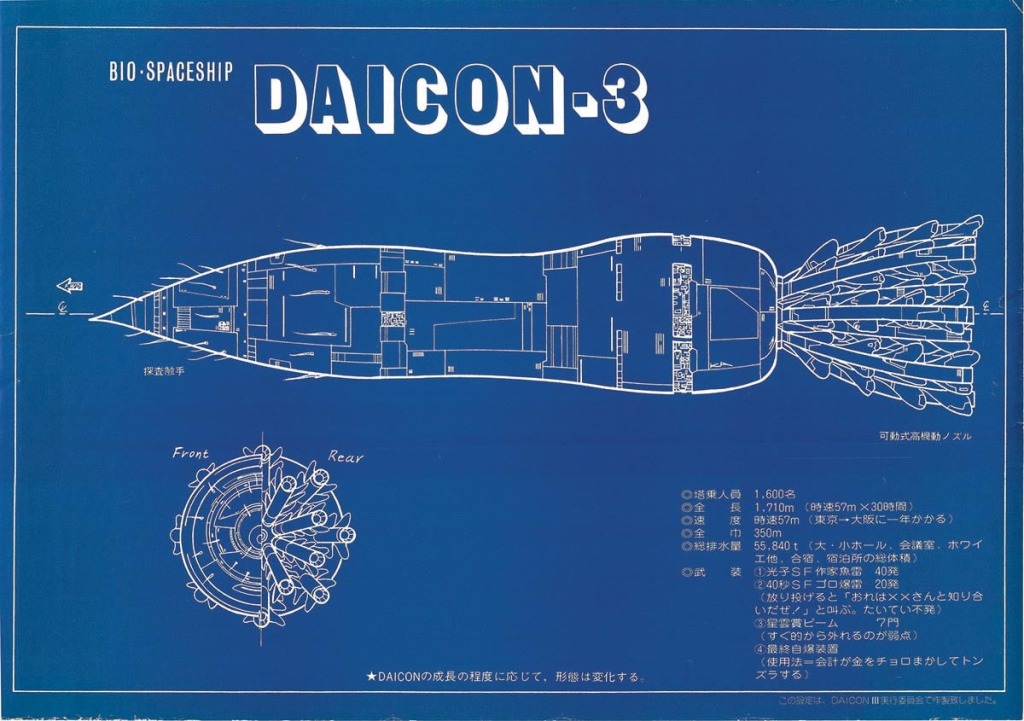
- Since this was their first attempt at making cel anime, there were a lot of teething problems. Cels were made of vinyl rather than acetate, and paint did not adhere to them very well. Aligning the cells was tricky, the registration holes were made with a regular hole punch, and the “tap” (basically a set of pegs) used to keep them together was constructed out of cardboard and bits of paintbrush. And then there were the timing issues…

- Despite the vast array of characters “borrowed” for DAICON III, you might notice that there are no Tezuka characters used. If you didn’t, well, the man himself did. This situation was corrected for the DAICON IV animation.

- The short film actually turned a profit for the convention through the sale of videos and 8mm reels. Aside from releasing the convention staff from 2 million yen in debt, some of this money was put towards production costs for DAICON IV. With this video release, you can argue that DAICON 3 is really the first OVA as it pre-dates Mamoru Oshii’s Dallos by two years.
- DAICON III was strictly amateur, but by comparison DAICON IV was professional. Anno and Yamaga had both worked on Macross but returned to Osaka to work on the new animation (originally planned to be 15 minutes long), and were now part of a team of 12 rather than 3, with animators Yoshiyuki Sadamoto, Mahiro Maeda, and Norifumi Kiyozumi and contributions from the likes of Ichiro Itano and Toshihiro Hirano. Here are the complete credits.
The industry comparison doesn’t end there. The conditions the animators worked in were terrible, being described by Takeda as like a sweatshop, with people being locked in a warehouse overnight.

- The DAICON conventions sold cigarette packs as official goods. For DAICON III, they were packs of Mild Seven featuring an image of a “Powered Suit with a big cigarette for a bazooka and a lighter for his finger”. The image was drawn by Hitoshi Kitayama who had helped out with DAICON Film. An image of the packs from DAICON IV are linked below.
- Although the convention animations are by far the most famous things produced by DAICON Film, they produced other live-action works including:
- Kaiketsu Notenki was a parody of tokusatsu shows, in particular Kaiketsu Zubat. They starred Yasuhiro Takeda as Notenki. You can view it, and its sequel, on YouTube.
- Hayauchi Ken no Daiboken (“The Great Adventures of Quick-Draw Ken”), a puppet movie.
- Orochi the Eight-Headed Dragon, a monster film directed by Akai. You can view it on YouTube.
- Kaettekita Ultraman, a special effects move based on Tsuburaya Production’s Ultraman, which was directed by Hideaki Anno and the special effects were supervised by Takami Akai. You can view it on YouTube.
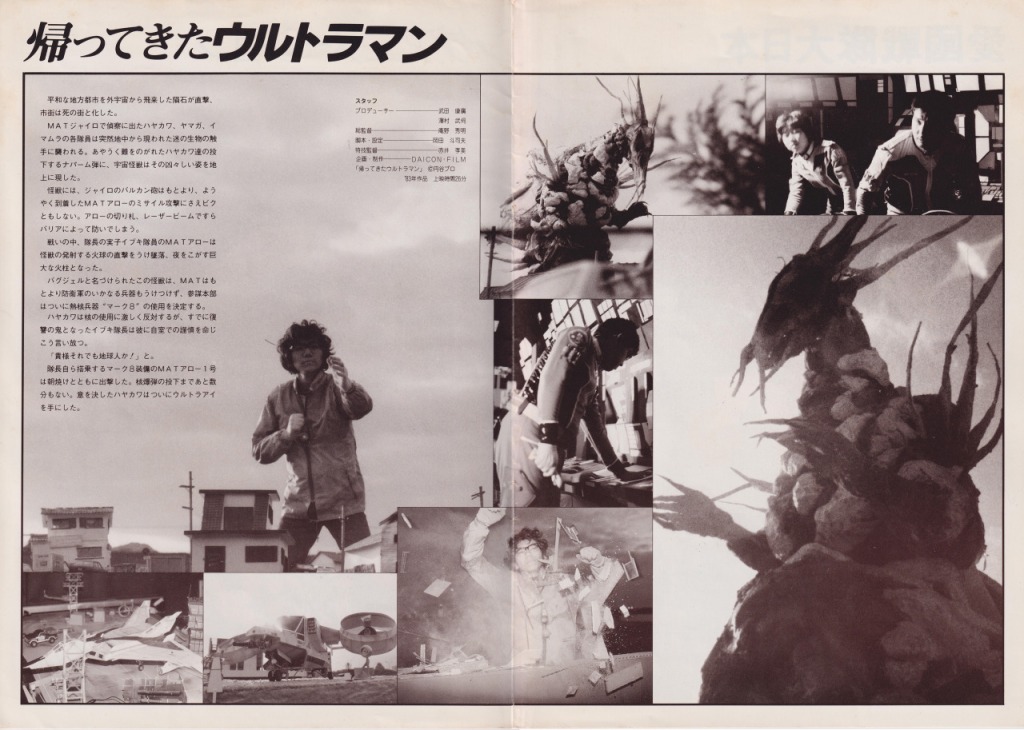
- DAICON IV was not the last time GAINAX was involved with the SF Taikai, as they hosted the 40th event in 2001, with Yasuhiro Takeda as chairman of the planning committee. Again there was supposed to be an opening animation, headed by Akai, but it wasn’t ready in time for the opening ceremonies. If it had been, it would have been the third time the opening animation was finished on the day of the convention. Akai claimed it would be ready for the closing ceremony, but it was decided to cancel the project and post it on the web at a later date (The site is no longer active, but a cursory look on the Internet Archive(日本語) does not reveal that this actually happened)..
The unfinished opening animation won a 2001 Ankoku Seiun award(日本語) (a sort of parody of the Seiun award) for planning, which Takeda accepted in his Notenki costume.
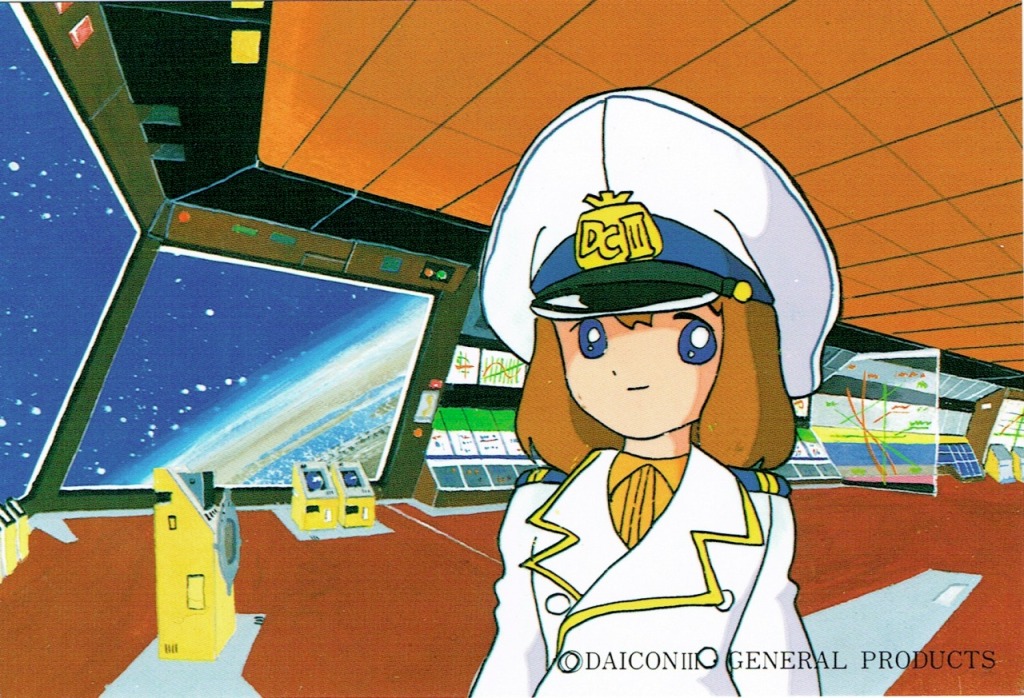
Today should have been the day that Femboy Films (who we interviewed in our last podcast episode(YouTube)) was to release a fan-remastered version of the original DAICON 3 animation. This wasn’t to be, you can read why in this polygon article, but it does look like there will be an official remaster in the future, and I recommend you all follow Daicon Film on Twitter for updates. Until that happens, we can still watch versions of it on YouTube, and marvel at what still remains of an amazing piece of animation. Happy 40th Birthday!
Most of the information in this article comes, ultimately, from Yasuhiro Takeda’s memoirs. They are highly readable, so I do recommend them, and you can find an annotated version online. Some of my Honnêamise info came from the Royal Space Force 25th Anniversary Fanzine, it’s not free but well worth the cost. The images are copyright General Products / DAICON Film and come from the Daicon Archives. If you want to hear more about GAINAX, we did a podcast mini-series(YouTube) covering Gunbuster, Diebuster, and The Wings of Honnêamise, I especially recommend the last one.
